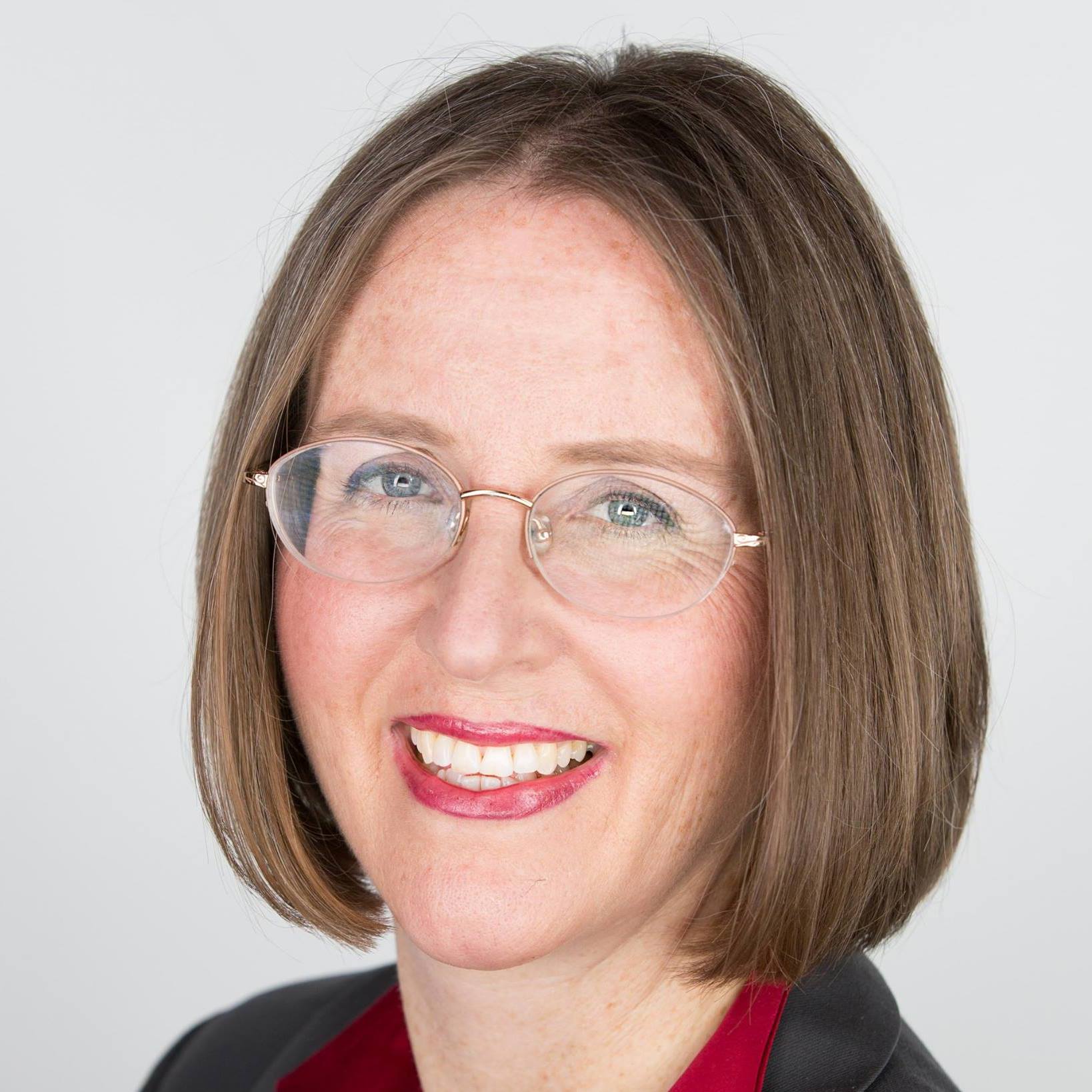By Maureen Kelleher, originally published in the Feb/Mar 2023 issue of Equity & Access
Imagine you are a high school principal in a school where the teachers are predominantly white women and the students are predominantly Latinx and Black. Imagine further that students at your school, like so many students all over the country, have taken to social media to share their experiences of racism from teachers and administrators.
What do you do? How do you respond?
This question became real for Colleen McGowan, principal at the Young Women’s Leadership Academy of East Harlem. As part of EdPost’s multimedia project, Jane Crow: Then and Now, McGowan agreed to discuss her response with one of her own former teachers, Keturah Kendrick, now a freelance journalist. The stories in Jane Crow: Then and Now focus on how white women of yesterday and today have often obstructed educational justice for students of color and how we–myself included (as a parent with teaching experience)–can do better.
It Takes More Than Love to Undo Racism at School
The students’ campaign pushed McGowan to undertake long-overdue work with her faculty to examine their practices in instruction and building school climate. But that wouldn’t have been possible if she had not already started that work inside herself. One big shift came when she realized she couldn’t just assume, “I love these girls and that’s enough.”
As Kendrick reported, McGowan began reading texts about anti-racism and white fragility. She began to realize that simply offering students the opportunity to learn wasn’t enough to overcome unconsciously biased approaches to discipline and instruction. She launched her personal journey six years ago, and has since been trying to bring her teachers along with her.
When the students’ Instagram campaign became public, McGowan brought in a consultant to address the specific incidents it highlighted. She led affinity groups with white teachers and began to challenge them directly about harmful language they directed at students. She became more intentional about including Black women in all kinds of meetings with students, to break the perception of “interchangeable white ladies” being the authorities in the building.
Not Everyone Wants to Do This Work
While shepherding her faculty in the direction of greater understanding, compassion and humility with students, McGowan has encountered plenty of resistance. Some have the same reaction she did at first–a defensive insistence that “we love these kids and only want the best for them.”
It’s the teacher’s version of the challenge many of us white people face in confronting their internalized racism and unconscious biases–that to have these things must make us bad people. It does not. It makes us humans in a particular time and place.
We do not have to respond with white tears–a form of defensive attention-seeking that allows the attention to shift away from what we need to see in ourselves. We have the opportunity to open our eyes to the things that are hardest to see in ourselves, and make change.
Teachers Must See Themselves through Their Students’ Eyes
For many white women teachers, it can be hard to recognize that, to our students, we can easily come across not as individuals, but as an endless parade of all-the-same people: boring, controlling and lacking in understanding. In her story for Jane Crow, Kendrick also interviewed former students who shared their experiences with those interchangeable white ladies.
The bottom line: when students are the only ones asked to adjust their behavior to fit school norms and no accommodations are made for different cultural practices, that’s a recipe for racial harm.
As the predominant demographic group wielding authority in classrooms, it’s on white women teachers to extend themselves and learn more about their students’ cultures. And when they know what’s important to their students, it is also important to know when to adjust teacher priorities to students’ realities.
Here’s a classic example of when a teacher failed to adjust. Alum Sundus Fayyaz, now 29, remembered a field trip she took as an eighth-grader, during Ramadan. As an observant Muslim girl, she was required to fast during daylight hours. During the field trip, Fayyaz mentioned feeling hot and tired. Rather than adjusting the pace of the field trip, the teacher insisted Fayyaz drink some water. As a South Asian young woman raised to respect teachers’ authority without question, Fayyaz succumbed to her teacher’s pressure, disregarding her own religious beliefs.
The teacher had some level of basic cultural competence: she knew it was Ramadan and that some of her students were observing the holiday by fasting. “Teachers knew who the Muslim girls were at school. It wasn’t some secret that we were all fasting for Ramadan,” Fayyaz recalled.
What the teacher lacked was the cultural humility to recognize that her student’s religious practice was more important than whatever else might have been driving her thinking in the moment.
Jane Crow: Then and Now Offers A Roadmap
So, how do we get better at cultural humility, as individuals and as school teams and whole faculties? EdPost’s Jane Crow: Then and Now project offers some teacher-tested strategies.
First of all, don’t do this alone. It’s important to find your fellowship, as English teacher Hope Teague-Bowling advises. Find the colleagues who share a commitment to learning and growing in understanding and humility when working with students of historically marginalized backgrounds.
Next, have patience and persistence. It can take years, even decades to recognize our own blind spots. Jane Crow contributors Madaline Edison and Patti Ghezzi are just two of millions of white women who couldn’t see that inattention to sounds and letters–the basic tools to crack the code of written English–was leaving too many children, especially children of color, struggling to read.
Finally, and perhaps most importantly, stay open to what others, particularly people of color, can see in you that you can’t see in yourself. As part of the Jane Crow project, I had the opportunity to talk with American Federation Teachers president Randi Weingarten about this particular challenge, and here’s what she said:
“As a leader, if somebody has the courage to say, ‘Hey, you missed it,’ I can’t get defensive. That’s a learned behavior, too. If I get defensive after somebody says, “You missed it. You didn’t see me,’ then people are not ever going to want to talk to you. It’s really about how to be, and how to see, and how to be open enough that people will be willing to take risks and chances.”
Jane Crow: Then and Now has already received many positive responses from educators. I hope many more will read through our stories and reflective essays, find inspiration in our Gallery of Accomplices, and use the discussion guide to connect and reflect with their colleagues.

Maureen Kelleher, Editorial Partner at Ed Post, is a veteran education reporter, a former high school English teacher, and also the proud mom of an elementary student in Chicago Public Schools.
The American Consortium for Equity in Education, publisher of the "Equity & Access" journal, celebrates and connects the educators, associations, community partners and industry leaders who are working to solve problems and create a more equitable environment for historically underserved pre K-12 students throughout the United States.
- American Consortium for Equity in Educationhttps://ace-ed.org/author/admin/
- American Consortium for Equity in Educationhttps://ace-ed.org/author/admin/April 23, 2025
- American Consortium for Equity in Educationhttps://ace-ed.org/author/admin/
- American Consortium for Equity in Educationhttps://ace-ed.org/author/admin/







